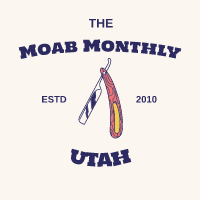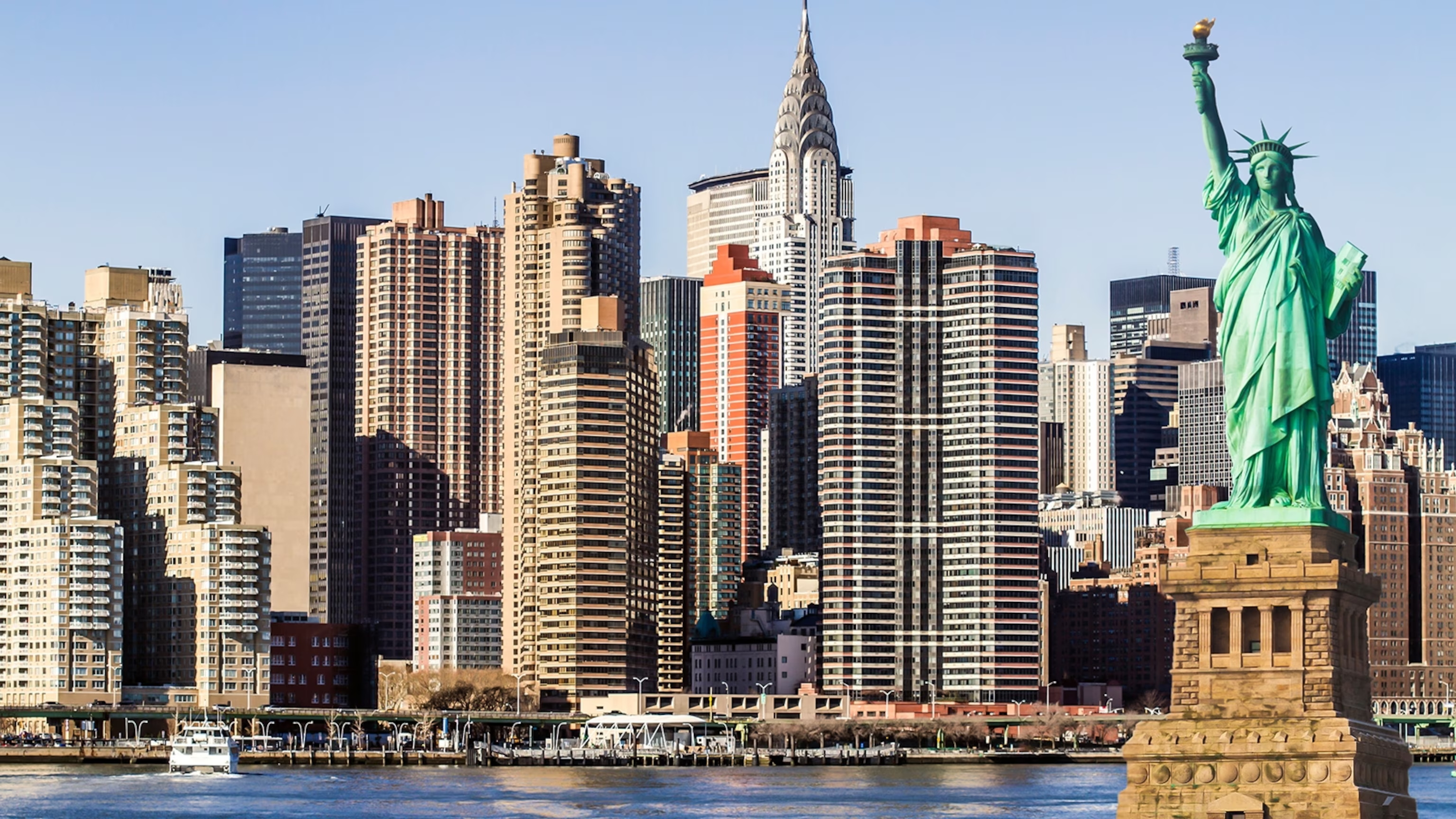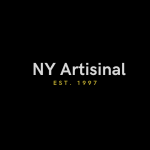
As one of the world’s leading metropolises for finance, culture, and technology, New York City (NYC) stands at the forefront of shaping the future of work and innovation. The city’s dynamic environment fosters a unique ecosystem where technology and creativity intersect, driving transformative changes across industries. This article explores the evolving landscape of NYC’s workforce and innovation sectors, highlighting key trends, challenges, and opportunities that are set to redefine the professional and entrepreneurial fabric of the city.
Emerging Trends in NYC’s Workforce
1. Remote Work and Hybrid Models: The COVID-19 pandemic accelerated the adoption of remote work, and NYC was no exception. Businesses across the city have reevaluated traditional office models, leading to an increased acceptance of hybrid and fully remote roles. This shift not only impacts where New Yorkers work but also how businesses recruit, with a greater emphasis on digital proficiency and self-management skills.
2. Rise of the Gig Economy: NYC has seen a significant surge in gig work, facilitated by digital platforms that connect freelancers with businesses. This trend is reshaping career paths, emphasizing flexibility and independence over traditional employment stability. Sectors such as tech, creative industries, and professional services are witnessing a boom in freelance opportunities, altering the economic landscape of the city.
3. Focus on Tech Skills: As technology continues to be a critical driver of NYC’s economy, the demand for tech-savvy professionals is at an all-time high. Skills in cybersecurity, artificial intelligence (AI), and data analytics are particularly sought after, pushing educational institutions and businesses to invest in tech education and training programs.
Innovation Hubs and Start-Up Culture
1. Tech Start-Ups and Entrepreneurship: Silicon Alley, a nickname for the high technology sector in NYC, continues to thrive, rivaling Silicon Valley. Tech start-ups focused on AI, blockchain, and Internet of Things (IoT) are flourishing, supported by robust venture capital investment. The city’s open attitude toward innovation makes it an ideal location for tech entrepreneurs looking to disrupt traditional industries.
2. Biotech and Health Innovations: The biotech sector in NYC is experiencing rapid growth, with initiatives like the New York Genome Center pushing the boundaries of genomics and precision medicine. Public-private partnerships are fueling research and development, aiming to make NYC a global leader in health and life sciences.
3. Sustainable Solutions: With increasing attention on climate change, NYC is positioning itself as a hub for sustainable innovation. From green building projects to renewable energy start-ups, the city is leveraging its high population density and urban landscape as testing grounds for eco-friendly solutions.
Workforce Development and Education
To keep pace with these changes, NYC is investing in workforce development and specialized education programs. Institutions like the City University of New York (CUNY) are expanding their curriculum to include more STEM (Science, Technology, Engineering, and Mathematics) programs, particularly in emerging fields such as AI and environmental science. Moreover, partnerships between universities and industries are enabling hands-on learning experiences, ensuring that the workforce is adaptable and equipped with relevant skills.
Challenges and Opportunities
While the future of work in NYC is ripe with opportunity, it also faces significant challenges:
1. Inequality and Access: There is a growing concern about the digital divide and its impact on access to opportunities. The city needs to address inequalities in technology access and education to ensure all New Yorkers can benefit from the new economy.
2. Infrastructure Needs: As more people work remotely, the demand for robust digital infrastructure is more critical than ever. Improving connectivity and technology access across all boroughs will be vital for sustaining growth and innovation.
3. Regulation and Policy: The rapid pace of technological change poses challenges for regulation. NYC must navigate issues around data privacy, labor laws, and new business models as it continues to foster an environment conducive to innovation.
Conclusion
The future of work and innovation in NYC is an evolving narrative of adaptation and forward-thinking. As the city continues to attract talented individuals and groundbreaking companies, it remains a global beacon of creativity and entrepreneurial spirit. By addressing the challenges head-on and leveraging its unique strengths, New York City is well-positioned to lead in the new economic era, characterized by technological advancement and dynamic work models. The next decade will undoubtedly see NYC transforming its challenges into opportunities, cementing its status as a leader in innovation and a model for future cities around the world.





